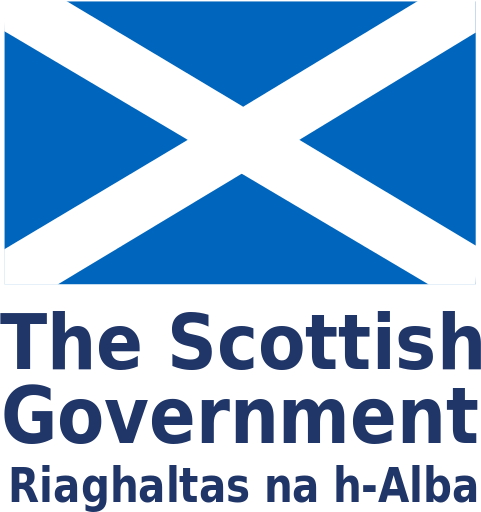The following patient video is fictional but the scenario is based on real cases. This video contains interactive elements. If you are having issues with opening the interactive video, please follow one of the alternative video links below.
Conclusion
Anger and distress are common in relatives of patients who have a sudden, unpredicted stroke. This module has explored the reasons for this, and how staff can help families in this situation. Sometimes staff find these conversations difficult and emotionally draining. It is important to acknowledge this, and to seek peer support, or even to seek a ‘debrief’ from other staff members.
Video notes
0:27 Although it is best not to lose eye contact it is important to make sure the notes include documentation of who has been spoken to.
0:39 The nurse and doctor feel these are unfair comments. The A&E staff had tried to make contact with the family on several occasions but are aware that defending the hospital could make the situation escalate. So, they wait patiently until they have finished speaking (note that interrupting could appear to be confrontational).
0:43 The doctor is apologising for their distress but without accepting blame for this situation.
1:19 Note that physical contact may or not be appropriate, e.g. a hand on their arm (it’s sometimes difficult to decide about the appropriateness of this but certainly handing a tissue is a way of showing sympathy and acknowledging their distress if you feel uncomfortable about touching relatives) . Some staff find it very hard to know what to do when families cry.
2:09 This is a more positive way of saying that she arrived too late for treatment with Thrombolysis.
3:10 Note the ‘transition’ from anger to sadness. Sometimes this does not happen and anger persists. Seek other causes for anger, e.g. illness in the past etc. If the anger continues and the staff feel threatened, it may be appropriate to stop the discussion and reconvene a few minutes later.
3:47 Family seem calmer. The team sense that this family will need lots of support after bereavement. E.g. Family/clinician discussions around the time of death and follow up some months after with offer of chance to ask questions/discuss (see later module).
- Emotional conflict within family. Son is angry, daughter is distressed. Staff explain the current situation using the brain scan.
- Reduce feeling of blame expressed by daughter
- Emphasis is on future care and comfort
Well done, you have reached the end of this section. What do you want to do next?
Page last reviewed: 16 Jan 2023


